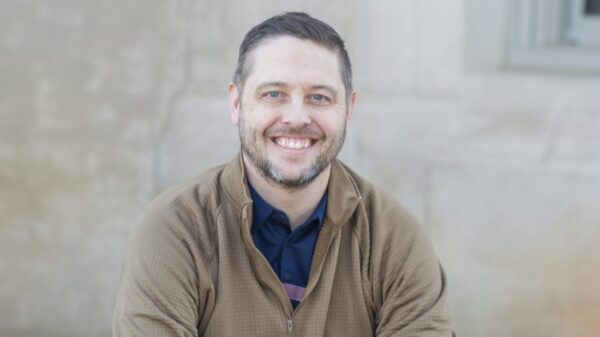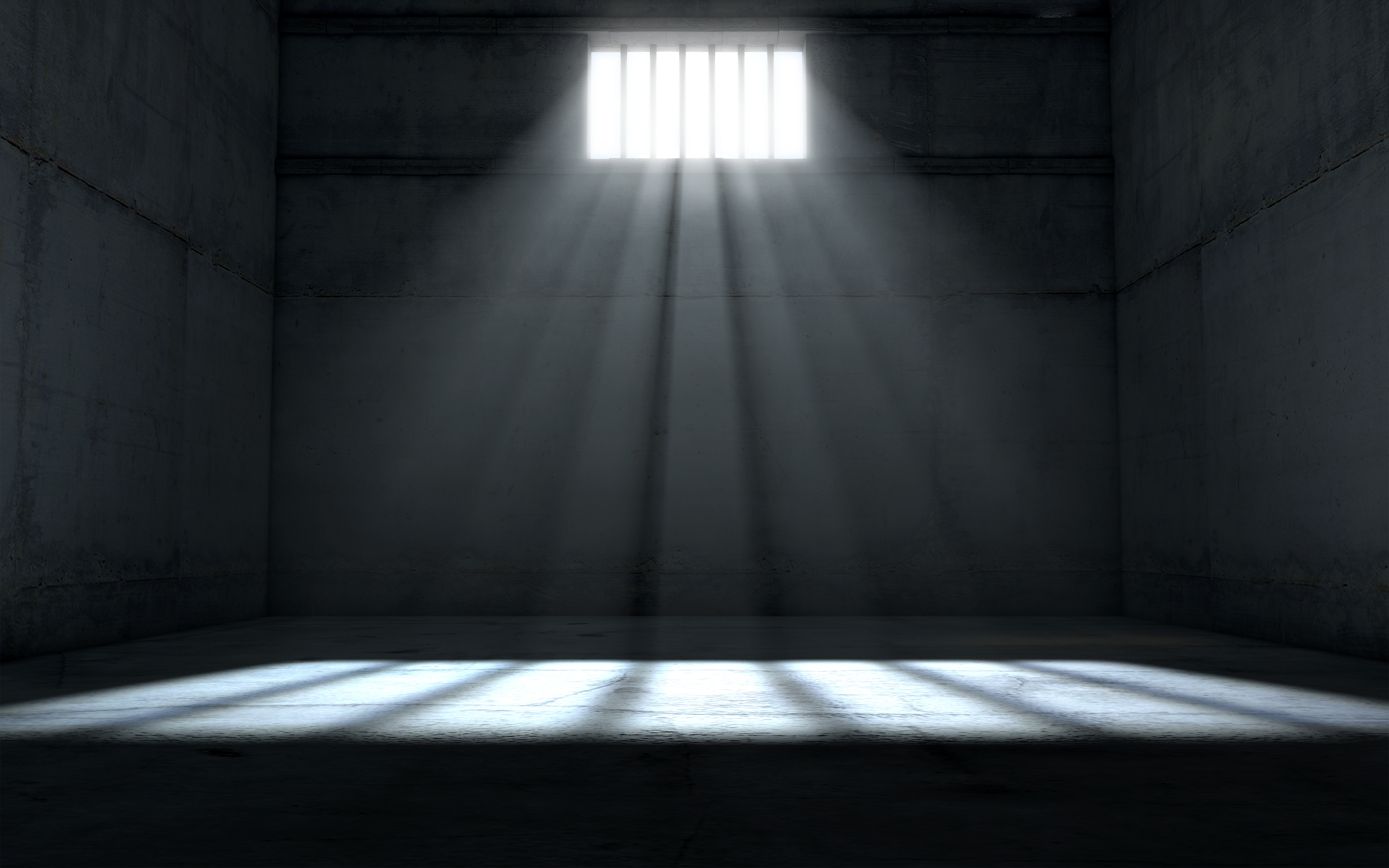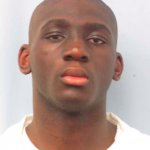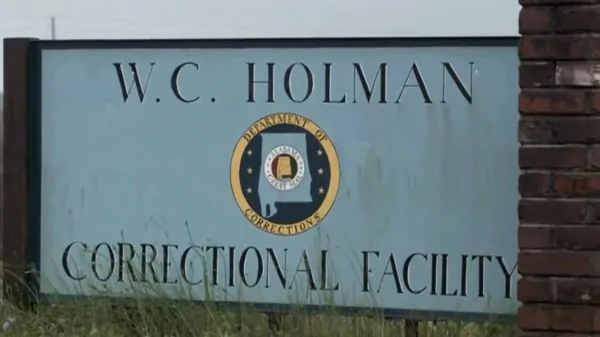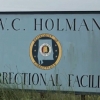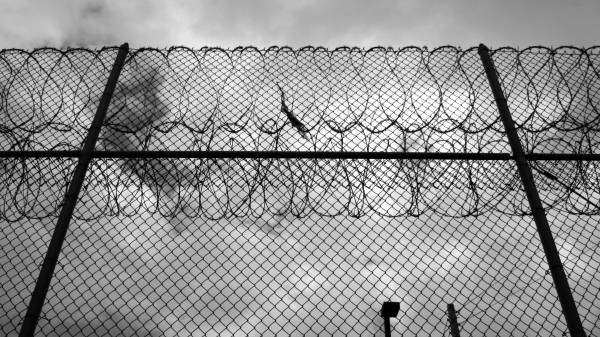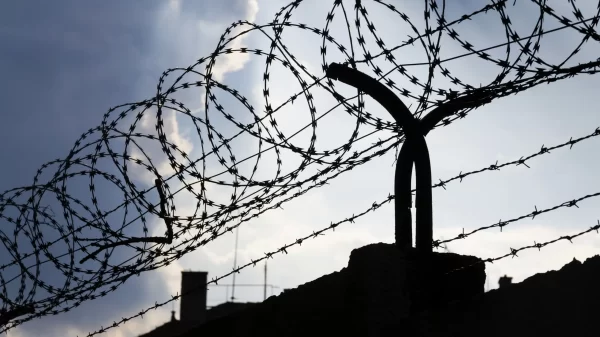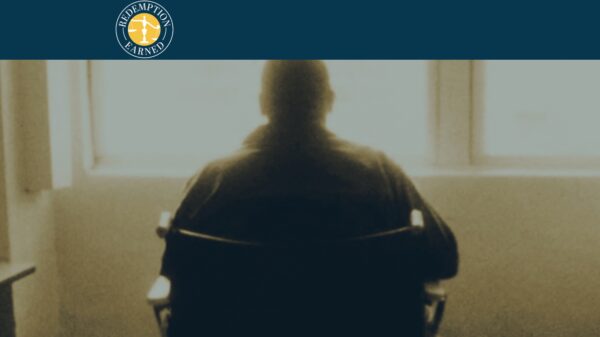The death of a man serving in the Easterling Correctional Facility in Barbour County on Sunday is being investigated as a possible suicide.
Marquell Underwood, 22, was found in his cell unresponsive at approximately 4 p.m. on Sunday, according to a statement by the Alabama Department of Corrections.
Underwood was being held in solitary confinement, known as “segregation” cells in Alabama prisons. Suicides in such isolated cells is central to an ongoing lawsuit against the Alabama Department of Corrections.
“He was not on suicide watch. All attempts at life saving measures were unsuccessful,” The statement reads. “ADOC cannot release additional details of the incident at this time, pending an ongoing investigation and an autopsy to determine the exact cause of death.”
Underwood pleaded guilty of murder in the 2015 shooting death of Gregorie Somerville in Tuscaloosa and was sentenced to life in prison.
Underwood’s death is at least the second preventable death inside state prisons this year.
Antonio Bell’s death on Jan. 9 at Holman prison is being investigated as a possible drug overdose.
Last year at least 6 people serving in Alabama prisons died as a result of suicide, according to news accounts. During 2019 there were 13 homicides in state prisons, and as many as 7 overdose deaths, according to news accounts and ADOC statements.
The Southern Poverty Law Center’s 2014 lawsuit against the Alabama Department of Corrections over access to mental health care for incarcerated people is ongoing.
“The risk of suicide is so severe and imminent that the court must redress it immediately,” U.S. District Judge Myron H. Thompson wrote in a May 4, 2019, ruling.
Judge Thompson in a 2017 ordered required ADOC to check on incarcerated people being held in segregation cells every 30 minutes, to increase mental health staffing and numerous other remedies to reduce the number of preventable deaths.
“The skyrocketing number of suicides within ADOC, the majority of which occurred in segregation, reflects the combined effect of the lack of screening, monitoring, and treatment in segregation units and the dangerous conditions in segregation cells,” Thompson wrote in his order. “Because prisoners often remain in segregation for weeks, months, or even years at a time, their decompensation may not become evident until it is too late—after an actual or attempted suicide.”
The SPLC in a Jan. 2019 filing wrote to the court that “the situation has become worse, not better, since the Liability Opinion. There have been twelve completed suicides since December 30, 2017…Defendants fail to provide the most basic monitoring of people in segregation. Defendants fail to do anything to learn from past suicides to prevent additional suicides.”





